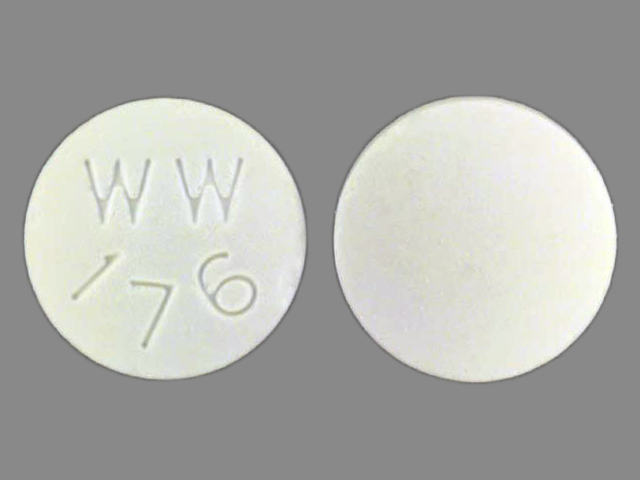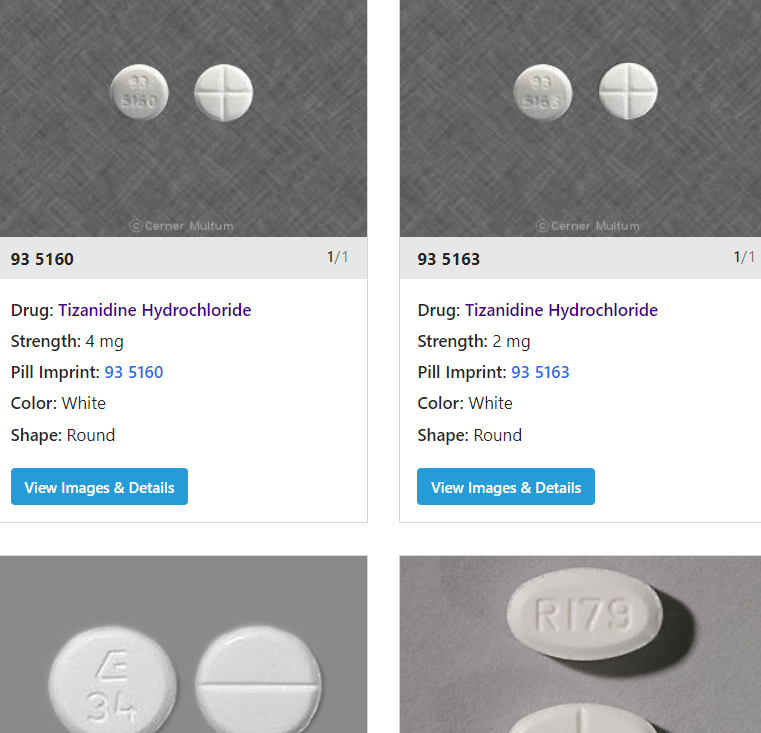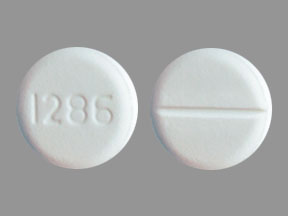Whether from a new injury or an aggravated old injury, stiffness and soreness in the neck and back at night may lead to disrupted sleep and more pain in the morning. Muscle relaxants have been shown to help relieve this pain and get you through these tough days. Used at night, these medications may improve acute neck and back pain.
Your first-line treatment will still be over-the-counter pain relievers like acetaminophen (Tylenol) and non-steroidal anti-inflammatory drugs (NSAIDs) like ibuprofen (Advil) and naproxen (Aleve). They work better for neck and back pain than muscle relaxants, but there may be a benefit to taking them together, especially at night. Research shows that a muscle relaxant added to acetaminophen or an NSAID works better than either alone.
Now, let’s compare 9 popular muscle relaxants. How well do they work and what are their side effects? Oh, and are they affordable?
1) Methocarbamol
Methocarbamol (Robaxin) is a well-studied medication that treats back pain. It’s also inexpensive and relatively less sedating than other options. In recent studies where it was used for up to 8 days, 44% of folks that took methocarbamol had complete pain relief (compared to 18% who took nothing) — and that was without any serious side effects.
Taken as needed, 1500 mg every 6 to 8 hours is a cheap and well-tolerated option for sufferers of acute neck and back pain. Think of trying this first, as it is less sedating than other options, like cyclobenzaprine and carisoprodol.
2) Cyclobenzaprine
At the standard dose of 10 mg to 30 mg a day, cyclobenzaprine (Flexeril) will make you sleepy. If you use it during the day, you’ll want to break your 10 mg tab in half and take 5 mg to lessen the drowsiness. Interestingly, 5 mg three times a day has been shown in studies to work as well as 10 mg taken 3 times a day.
Cyclobenzaprine is a reasonable first choice because it’s a cheap generic, but the sedation side effect limits its use during the day. It may also cause more dry mouth, especially in older folks. If this is a concern, consider a better non-sedating option.
3) Carisoprodol
Carisoprodol (Soma) is a Schedule IV drug (similar to benzodiazepines Ativan, Valium, and Xanax) and has the potential for being abused. For this reason, you should not use it if you have a history of substance abuse.
Many believe that carisoprodol should be phased out as a muscle relaxant in favor of much better options. If prescribed, you should only use it for short periods of 2 to 3 weeks due to lack of evidence for effectiveness with longer use. It may cause drowsiness and dizziness, and it should not be used in folks over 65.
4) Metaxalone
Taken as 800 mg tablets 3 to 4 times a day, metaxalone (Skelaxin) has the fewest reported side effects and lowest sedation potential of the muscle relaxants based on clinical studies. Simply put, it is the best-tolerated of the muscle relaxants.
Metaxolone is a generic alternative for the brand drug Skelaxin, but it is still pricey. Insurance companies don’t like to cover it because there are cheaper alternatives. Having said that, it works as well as cyclobenzaprine and carisoprodol with fewer side effects and less sedation—so paying cash may be worth it.
5) Tizanidine
Tizanidine (Zanaflex) is often used for spasticity in patients with multiple sclerosis or cerebral palsy. Spasticity is where the muscles undergo continuous contraction, which leads to tightness and stiffness. In head-to-head studies with Baclofen for those conditions, tizanidine tends to have fewer side effects — but they both work just as well. This is not a first-line choice for acute neck or back muscle pain, though.
6) Baclofen
Similar to tizanidine, Baclofen is primarily used for spasticity in spinal cord injury patients or those with multiple sclerosis. Up to 20% of folks taking it have drowsiness, and there are better options for neck and back muscle pain. Also not a first choice.
7) Oxazepam and diazepam
Benzodiazepine medications like oxazepam and diazepam (Valium) are sometimes prescribed as muscle relaxants. However, these really aren’t recommended because they don’t work well, are sedating, and can be habit-forming. Avoid benzodiazepines for neck and back muscle pain because there are much better options.
8) Chlorzoxazone
Chlorzoxazone (Lorzone) is not well-studied for acute low back and neck pain in adults. And when investigated for pain after spine surgery, it wasn’t found to be effective. Chlorzoxazone has also been reported as a rare cause of acute liver toxicity. Don’t choose this until you’ve exhausted all other options.
9) Orphenadrine
For neck and back pain in adults, the first 4 medications on this list work better than orphenadrine (Norflex), so save this as another last resort in the event the others don’t work. It just hasn’t been well studied for this purpose.



